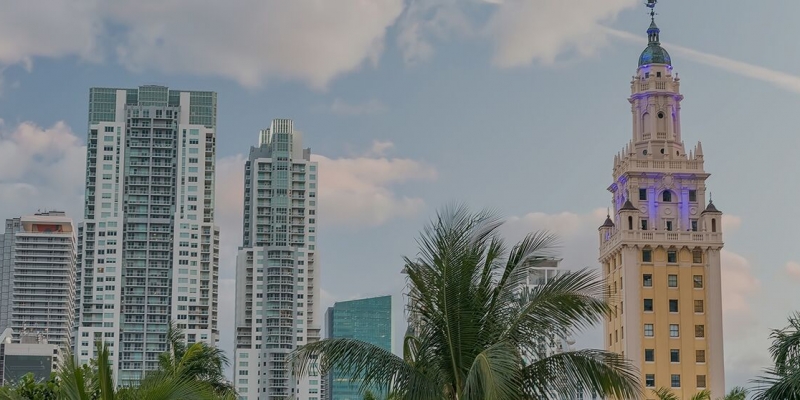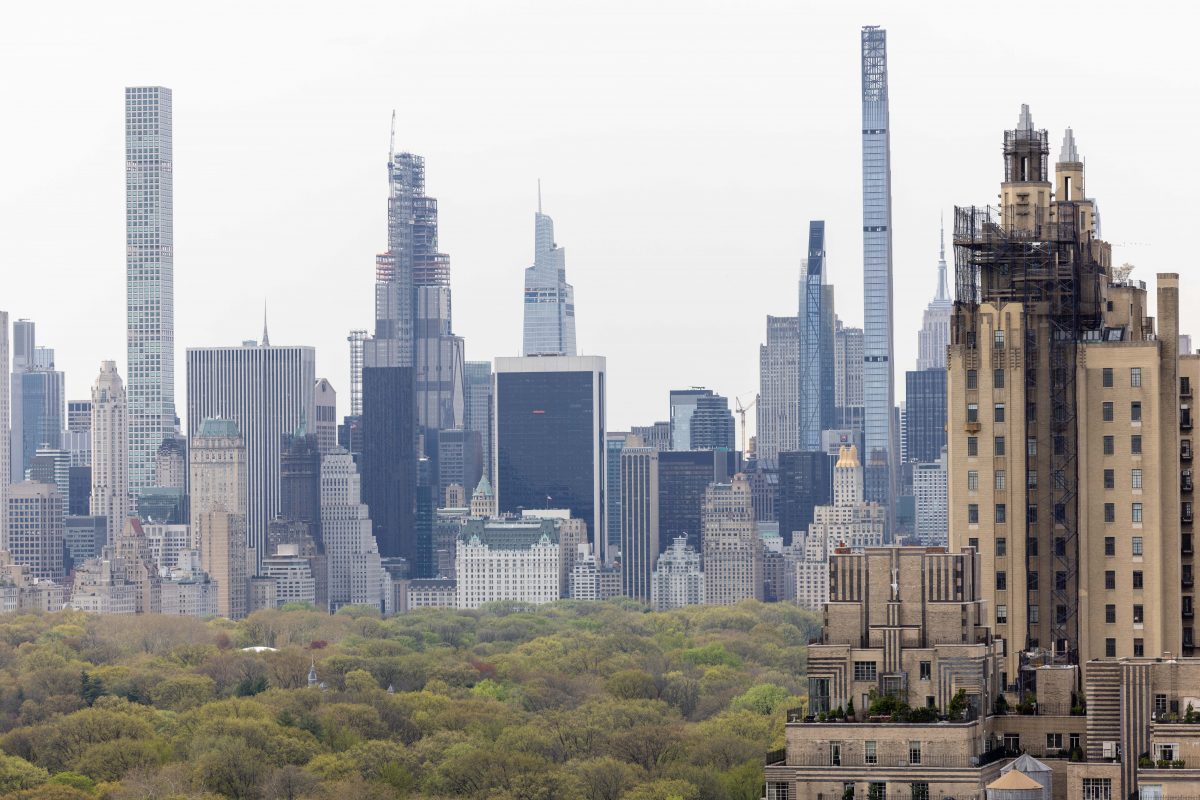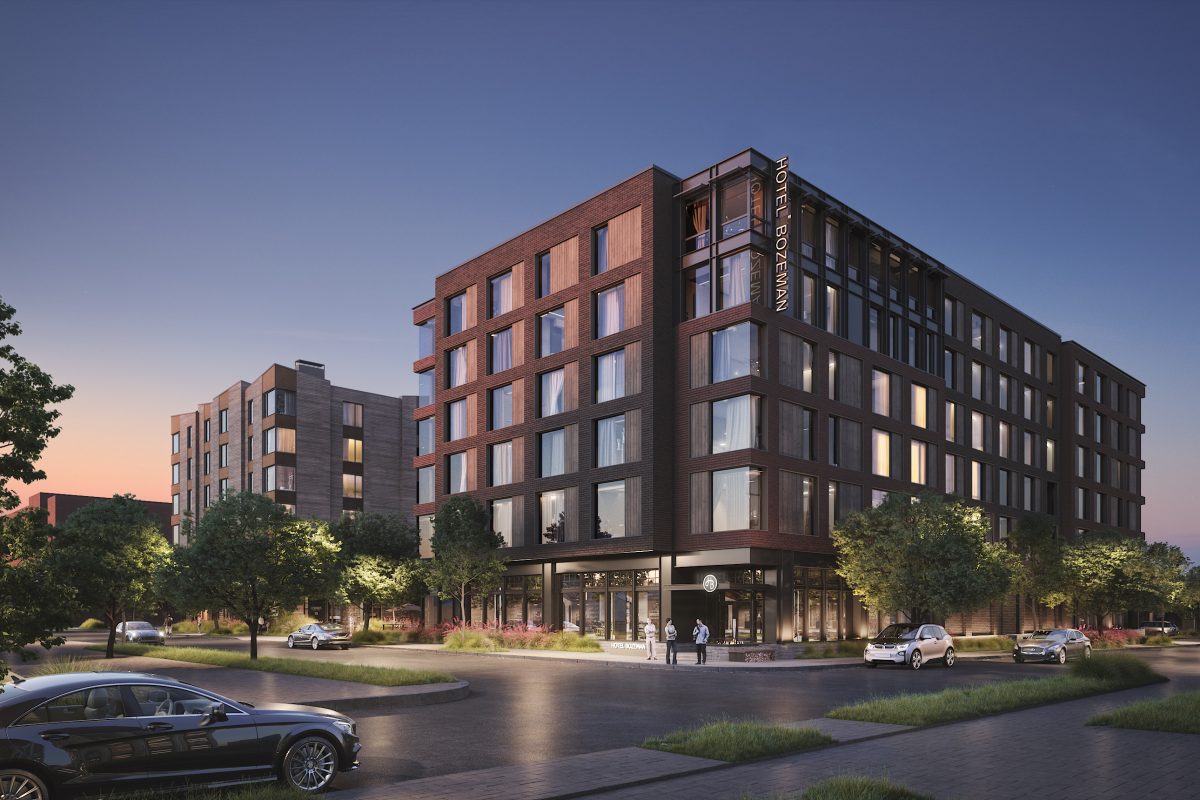From a mysterious coral castle to expansive (and haunted) seaside estates, South Florida is home to countless historic hotspots worthy of visiting and photographic. Below is a look at some of The Agency’s favorite historic, must-see destinations.
CORAL CASTLE – Legend has it, one man, Edward Leedskalnin, built the Coral Castle sculpture garden in Miami from 1923 to 1951. He claimed to have single-handedly and secretly carved more than 1,100 tons of coral rock to create one of the world’s most mysterious accomplishments without the conveniences of modern construction. He attributes his method to knowing “the secret of the pyramids,” a topic that garners much debate among scientists. Open daily, the Coral Castle Museum welcomes visitors from around the world who enter through a 9-ton gate that moves with a touch of a finger.
DEERING ESTATE – Situated along the coast in South Dade, the Deering Estate preserves the 1920s-era estate of Charles Deering, Chicago industrialist, early preservationist, art collector and philanthropist. The cultural site is listed on the National Registery of Historic Places, housing Deering’s extensive art collection and hosting a variety of events, concerts, classes, bay cruises, and guided trail, kayak and canoe tours. But beware, the mansion has long-been rumored to be among Miami’s most haunted properties, even offering ghost tours, paranormal investigations and overnight experiences. (Don’t say we didn’t warn you.)
VIZCAYA MUSEUM AND GARDENS – Vizcaya was the winter home of Charles Deering’s half brother James during the 1910s. Today, the national Historic Landmark and accredited museum showcases a fascinating history of the beautifully serene estate. Once described as “the finest private house ever built in America,” Vizcaya showcases the lavish waterfront villa, tranquil, European-inspired gardens and exquisite interiors filled with artistic treasures. Tour the villa, gardens and village to experience the incredible juxtaposition between nature and architecture.
THE KAMPONG – Located on Biscayne Bay in Coconut Grove, The Kampong is the former estate of Dr. David Fairchild, a famed botanical explorer who traveled the world’s tropical regions collecting exotic plants. The gardens feature exotic fruits, numerous species of palms, cycads and flowering trees, with collections from Southeast Asia, Central and South America and the Caribbean. One of the highlights is the 80-year-old Baobab tree from Tanzania, weighing almost 50 tons. Enjoy a guided tour, then head over to the museum, which was once Fairchild’s study and laboratory.
ERNEST HEMINGWAY HOME – Worth a drive down the coast to Old Town Key West, the Ernest Hemingway Home and Museum once served as the abode of one of America’s most celebrated authors, who lived and wrote here for more than a decade. It was here, Hemingway found a mix of peace and adventure, surrounded by the island’s turquoise waters. Visit the Spanish Colonial-style home, built in 1851, take in the extraordinary pool, the first in-ground pool in Key West, and wander the lush grounds, visiting with the more than 40 six-toed cats who famously live onsite. The cats are said to be the descendants of Hemingway’s own white six-toed cat, Snow White, gifted to him by a ship’s captain.
FREEDOM TOWER – Built in 1925 to house The Miami News, the Freedom Tower is located at Miami Dade College and was modeled after the Giralda Cathedral Bell Tower in Seville, Spain. A designated National Historic Landmark, the iconic structure, once called the “Ellis Island of the South,” served as the U.S. government’s reception center for Cuban Refugees from 1961 to 1974. It remains an important part of Cuban-American culture and a symbol of the generosity of the American people.
BILTMORE HOTEL – The Biltmore Hotel made its spectacular debut in 1926 as the centerpiece of George Merrick’s vision for Coral Gables, an elegant, stately community he called “The City Beautiful.” The hotel combined his love of Italian, Moorish and Spanish architecture and a deep affection for the lush South Florida landscape. The Biltmore interiors showcased hand-painted frescos, barrel-vaulted ceilings, brilliant travertine floors, fine marble columns and lavish gardens. After undergoing a $40 million, ten-year renovation in the 1990s, the hotel was restored to its world-class excellence. Today, The Biltmore is as elegant as the day it opened and a preeminent historic landmark.



